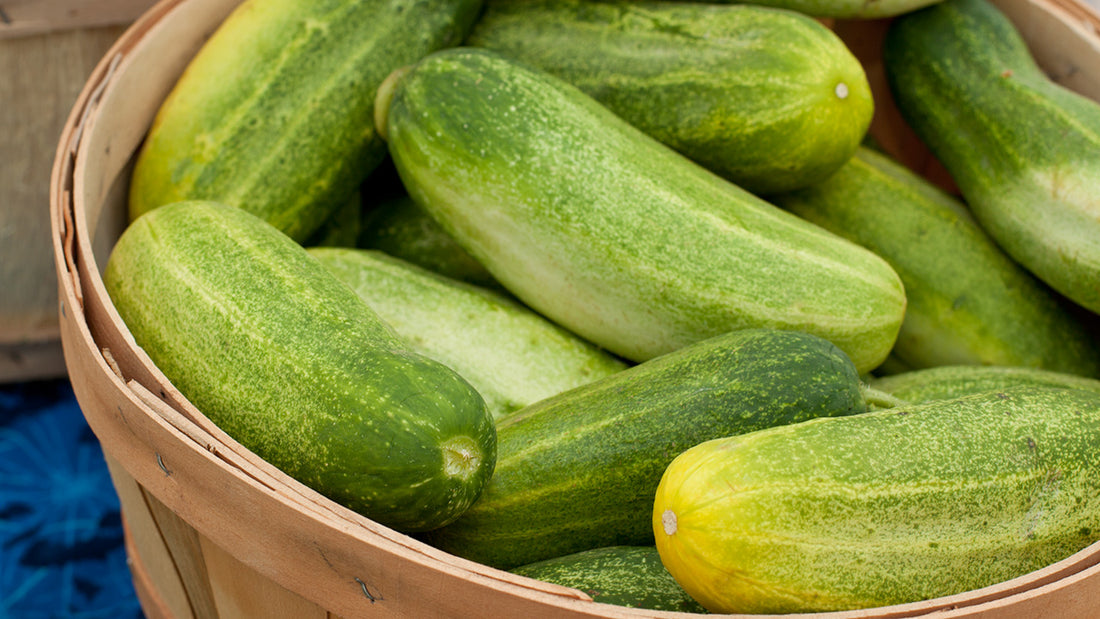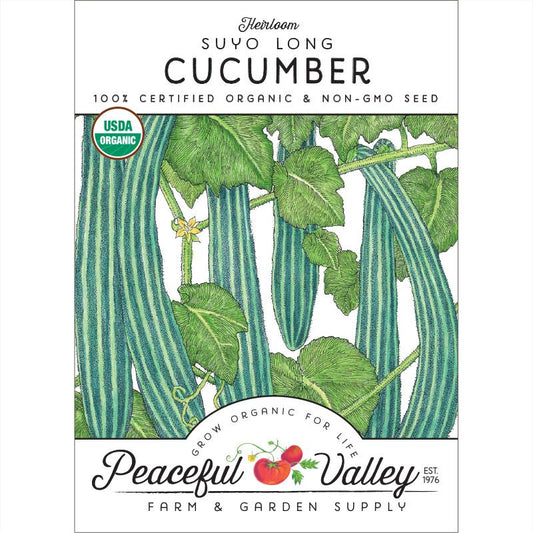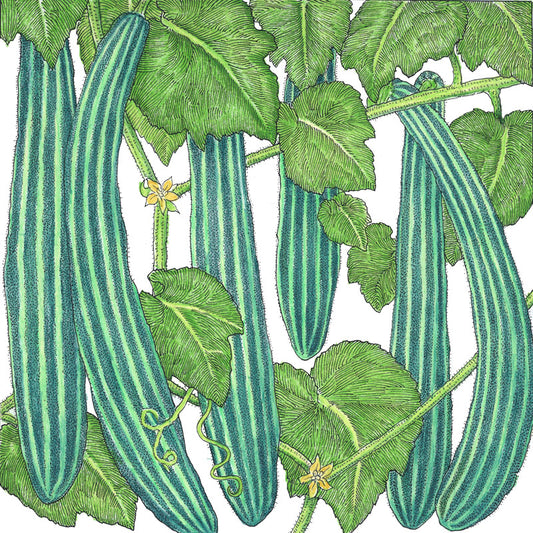
To Avoid Cucumber Stress:
1. Keep them hydrated. Provide plants with plenty of moisture, especially around the time the plant is flowering and fruiting. Any water stress during this period of rapid growth causes the levels of bitter-tasting compounds to rise. Cucumbers are vigorous growers and therefore need between 1 and 2 inches of water per week, depending on the weather and the characteristics of your soil. The key is to keep the soil slightly moist at all times. Water deeply about once or twice a week -- more often if you're gardening in sandy soil.
2. Mulch. You can further reduce water stress by mulching plants with an organic mulch. Mulch helps to conserve and moderate moisture levels while blocking out weeds. Plastic mulches can be applied at planting time, but wait until the soil has warmed to above 70 degrees before applying organic mulches, such as straw.
3. Regulate the temperature. Cucumbers like warm conditions, but growing cool and tasty cukes in the heat can sometimes be a challenge. In fact, high temperatures not only affect fruit quality; they can also affect fruit set by causing the plant to produce a higher ratio of male flowers. "Cucumbers are really sensitive to high heat," says horticulturist Emily Gatch, greenhouse and pathology coordinator with New Mexico-based Seeds of Change. "It can be really hard on plants if temperatures are consistently in the mid-90s." If you're growing cucumbers in a hot climate, Gatch recommends providing plants with filtered afternoon shade to help cool things down, either by strategically planting taller crops at the southern end of the bed or by adding a shade cloth to block 40 to 50 percent of the sunlight.
4. Give them sunlight and good soil. For the best-tasting fruit and optimum yields, grow plants in a sunny spot and in warm, fertile, and well-drained soil rich in organic matter. Raised beds are ideal. Cucumbers require a soil pH between 6.0 and 7.0. Wait to sow seeds or set out transplants until after all danger of frost has passed and the soil has warmed to at least 60°F. An unexpected frost will kill plants, and the vines grow slowly and become stressed in cool conditions. You can start seeds indoors three to four weeks before your anticipated planting date outdoors. Be careful not to disturb roots when transplanting.
5. Fertilize. Cucumbers thrive in light, friable soil. Several inches of organic matter worked into the soil prior to planting helps achieve that goal. Plants are heavy feeders, so be sure to feed the soil with rich compost or aged manure. After the vines develop runners and the first flowers appear, follow up with a side dressing of compost, aged manure, or organic fertilizer. If the leaves are yellowish, the plants need more nitrogen. Make room. Giving plants the space they require is just one more ticket to a stress-free environment. Grow trellised plants 8 to 12 inches apart. Hills with one or two seedlings should be spaced about 3 feet apart, with rows 4 to 5 feet apart. Space bush varieties 3 feet apart in all directions.
6. Banish weeds. Keep your cucumber patch and the area around it free of weeds. Some types are hosts for bacterial wilt disease, which is spread by cucumber beetles. Intense feeding by these beetles can kill a plant, and they're attracted to stressed plants -- all the more reason to keep your plants healthy and happy.
7. Cover up. Row covers, hotcaps (or plastic milk cartons with the caps removed), and plastic tunnels are great for getting plants off to an early start. Row covers not only help plants grow faster and flower sooner, they also protect plants from pest insects. Just be sure to remove any covering once plants start to flower.





1 comment
Old-time knowledge seems to work! My, since passed away and old-time Mainer neighbor, had a way to sweeten a bitter cucumber. Of course you didn’t want to have to throw it out. Here it is. 1. Cut off about a half inch piece of the blossom end of the cucumber and the same amount of the stem end of the cucumber. 2. Rub the blossom end piece you cut off and rub it on the stem end until you get frothing. 3. Rub the stem end of the piece you cut off and rub it on the blossom end until frothing. It seemed to work! I just thought you’d like to know about it.